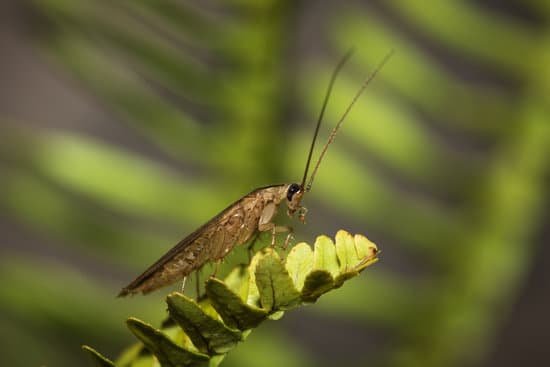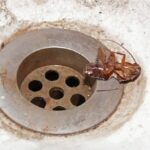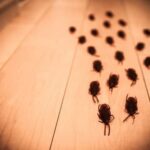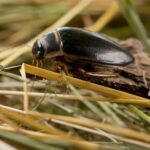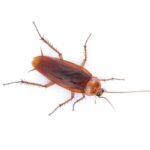How Do Cockroaches Affect the Environment?
Cockroaches are an important part of the environment because they consume organic matter and release nitrogen into the soil. These decomposers help prevent soil erosion and reduce the use of chemical pesticides. Furthermore, cockroaches’ droppings contain nitrogen-rich proteins and amino acids, which are important fertilizers for plants.
Cockroaches feed on a variety of substances, including meat and vegetation. Some species are even able to bite humans. However, this happens rarely and only during severe infestations. These insects bite to feed on food particles stuck to human skin. This helps keep the ecosystem balanced.
Cockroach allergens can trigger allergic reactions in susceptible people. Since the allergens become airborne in the home, people with allergies may breathe in cockroach dust, resulting in respiratory problems, sore throat, and itching eyes. Cockroach allergies are more common than you might think. In fact, about 23% to 60% of urban asthmatics are sensitive to the allergens emitted by cockroaches.
Asthma is a serious respiratory disease that affects almost 25 million Americans, and 7 million children. Proper medical treatment and management of environmental triggers can help control the disease. However, cockroaches are also dangerous because they are capable of passively transporting pathogens and microbes. Cockroaches have been implicated in the spread of 33 types of bacteria and six types of parasitic worms.
Cockroaches reproduce rapidly. A female cockroach lays her eggs in a capsule, called an ootheca. The capsule contains between 30 and 48 eggs. These eggs hatch after approximately twenty-four hours. A female can lay up to 30 egg capsules during her lifetime. In many cases, the egg capsules are carried by the cockroaches until the nymphs hatch.
